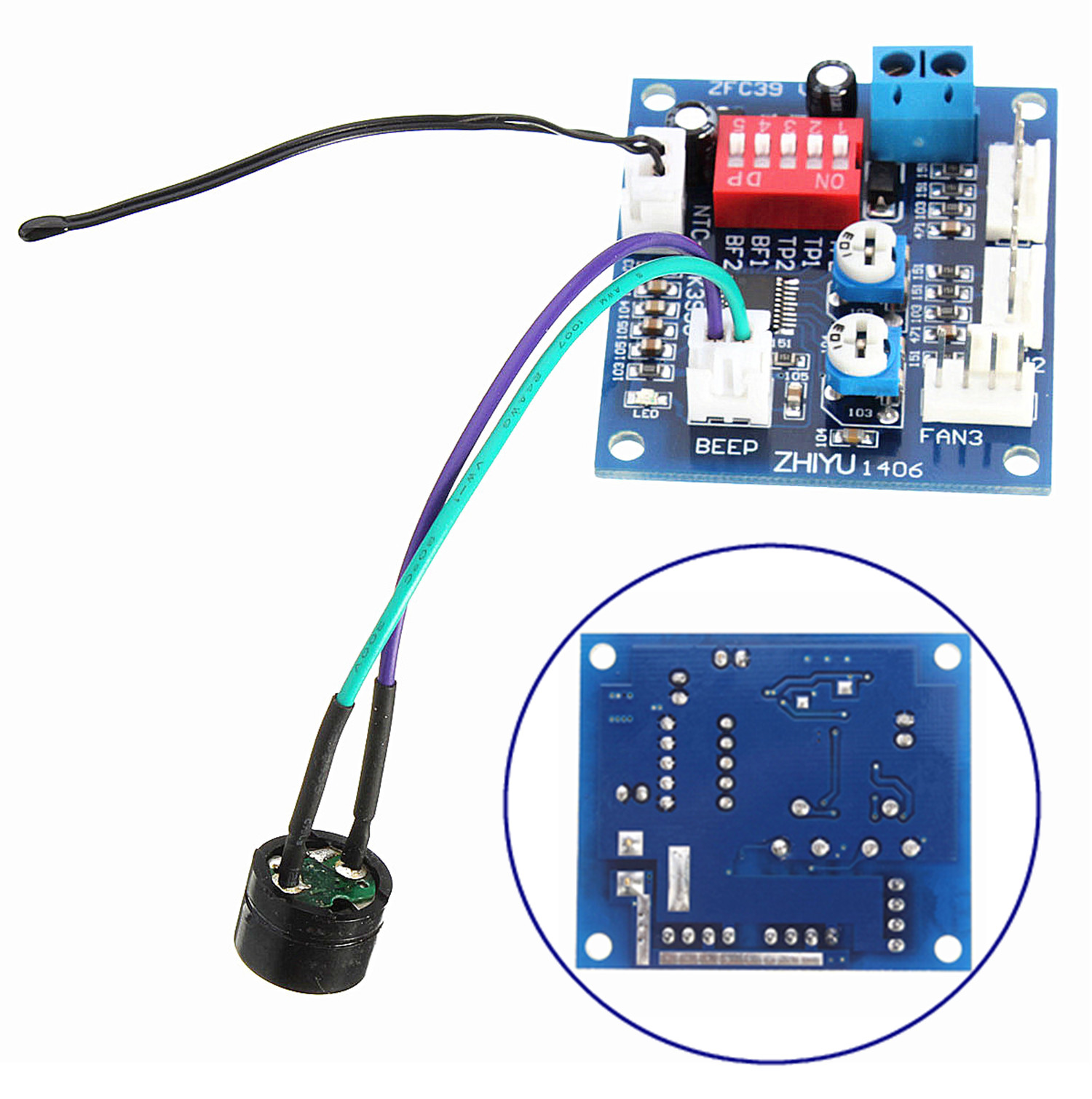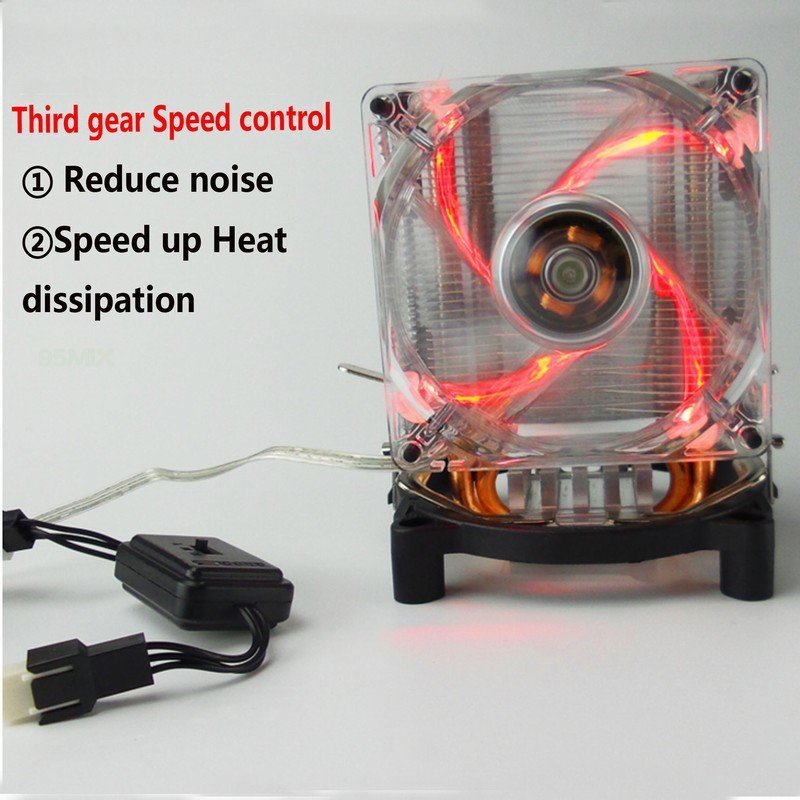

The female connector for these fans is the same with those ridges on one side to fit over the header tongue. Pin #3 - GREEN - Speed pulse signal (same) The standard wire colors used for 4-pin systems are NOT the same as those for 3-pin ones above. The uses of the wires is VERY similar, and the design of connectors is such that you CAN plug any 3- or 4-pin fan into any 3- or 4-pin header, and they will work to some extent (more later). The new design includes some backwards compatibility features with the older 3-pin system, but they are not completely interchangeable. The newer 4-pin fan design is different mainly in the method of control.

There is a separate sensor built into the mobo (sometimes more than one for you to choose) at a location decided by the mobo maker, and this should be used to guide the speeds of case ventilation fans connected to the SYS_FAN or CHA_FAN headers. There is always a temperature sensor built into the CPU chip itself, and it is used by the mobo CPU_FAN header to guide the speed of that CPU cooler. Automatic control of speed (if you allow that to be done, which is the default setting) is based on the actual TEMPERATURE measured by a sensor, and on control system targets pre-set in BIOS (or, in some cases, adjustable by you). It uses it for display to you for interest, AND to monitor the fan for possible failure. But the mobo does NOT use that signal to control speed. That's how the mobo can tell you the speed of a fan.

The speed signal on Pin #3 is a series of pulses (2 per revolution) generated inside the fan motor and sent back to the mobo on this line to be counted. This Mode of control is called Voltage Control Mode or DC Mode, and it is the ONLY method of controlling the speed of 3-pin fans. Any lower voltage may cause the fan to stall, and usually cannot start up a fan that is not turning. The mobo header varies the voltage on Pin #2 from 12 VDC (max speed) down to about 5 VDC. The female (with 3 holes) connector on the end of the fan's wires has two ridges on one side just outside the Pin 1 and 3 locations, and these fit over a plastic tongue sticking up from the base of the male (with 3 pins) header on the mobo, so you can only plug the fan in one way - no errors. The two designs work differently and require different modes to control their speeds.ģ-pin fans have these connections from mobo header to fan:


 0 kommentar(er)
0 kommentar(er)
